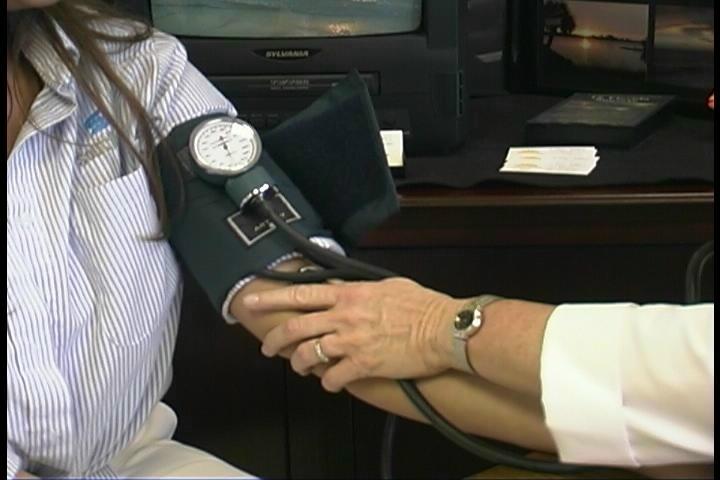 Measuring and monitoring blood pressure are common knowledge to all nurses including those graduates from proprietary nursing schools and yet, is often performed incorrectly. To standardized the procedure,(especially in community settings where there is no Digital equipments available) the Philippine Society of Hypertension provided guidelines and was translated by the UP College of Nursing for Nurses. (It is published in the new Public Health Nursing book endorsed by DOH).
Measuring and monitoring blood pressure are common knowledge to all nurses including those graduates from proprietary nursing schools and yet, is often performed incorrectly. To standardized the procedure,(especially in community settings where there is no Digital equipments available) the Philippine Society of Hypertension provided guidelines and was translated by the UP College of Nursing for Nurses. (It is published in the new Public Health Nursing book endorsed by DOH).Common Errors:
1. Some obese people are incorrectly diagnosed with hypertension when in fact their blood pressure is actually normal. This false diagnosis is usually based on improper use of blood pressure equipment, namely using the wrong sized blood pressure cuffs.
2. Improper application of BP cuff (Ideally around the upper arm 2-3 cm above the brachial artery). Apply cuff snugly with no creases.
3. Arm is not within the level of the heart
4. Not rested at least 5 min prior to procedure.
5. The client has smoked or ingested caffeine 30 min prior to procedure.
6. Nurse has not applied his stethoscope.
120/80 is the usual format in recording BP, but do you know that in the new guideline they include the Korotkoff Phase IV sound? So, in recording, you have to document it as 120-80-76 format.
During procedure, while deflating, we listen for pulse sounds (Korotkoff sounds) through stethoscope. We know that the appearance of the first clear tapping sound is the systolic BP (Korotkoff Phase I) and we record it as the numerator. Note the diastolic BP (denominator), which is the disappearance of sounds (Korotkoff V) unless sounds are still heard near 0 mmHg. In which case softening/ muffling of sounds is noted (Korortkoff Phase IV).
Document Phases I, IV, V by following the format for recording BP:
systolic/ muffling/ disappearance (e.g. 120-80-76)
Every NURSING procedure has a corresponding rationale. I believe that this is created to lessen errors in BP monitoring. Because errors in measurement may mean wrong decisions in blood pressure management, thus compromising care.
It is VITALLY important that clients become more aware and assertive about correct procedure in BP measurement.Of course, it is also important to note that not all diagnoses of BP problems are all inaccurate that one should ignore their blood pressure readings or disregard any diagnosis of hypertension. Not at all! It is that diagnosis of blood pressure problems should be done on the basis of accurate data.

No comments:
Post a Comment